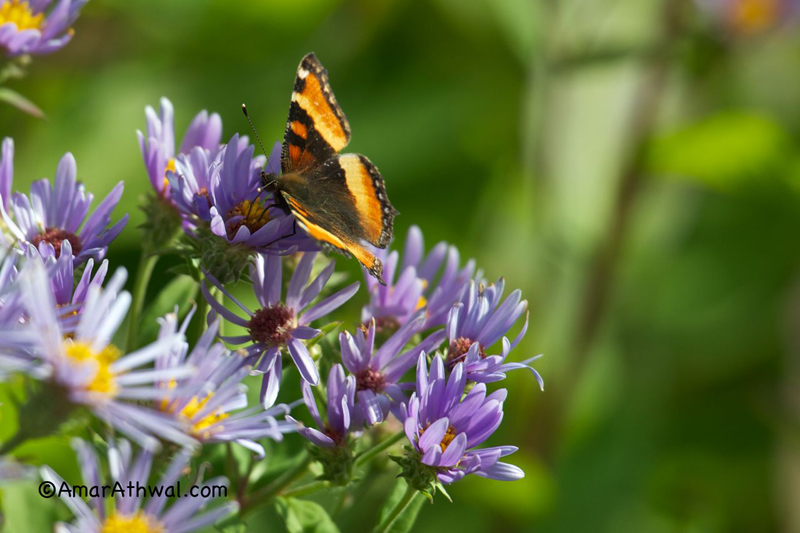Like us, butterflies have their mouthparts where you expect them to be. But they have developed different mouthparts to adapt to their environment and eating habits. They have a long straw-like part called the proboscis. It remains curled up when not being used like a straw. For example, butterflies do not eat but instead suck the nectar from the flower to meet their dietary needs.
Now, where they and other insects differ vastly from us mere humans, is in how they taste their food. They taste their food through their feet. It serves as a taste organ, containing taste receptors. Butterflies and moths belong to the order Lepidoptera; both are “leg tasters”. Their taste buds, called contact chemoreceptors, are attached to nerve endings. When chemicals come into contact with the chemoreceptors, the nerves are activated, which passes on the information to the brain. The tarsus, which is located furthest away from the body on the leg, is used to sense sweet, bitter, sour, and salty through its chemoreceptors. Not only is this method used to decide what to eat, but it also helps the butterfly choose a mate and where to lay eggs. The closest my legs get to food is if I spill some. From my experience, chocolate always tastes better when it goes straight into the mouth.

